Ants in Your House? Here’s How to Actually Get Rid of Them for Good
So, you’ve got ants. After years in the pest control world, I can tell you one thing with absolute certainty: ants are relentless. I’ve seen them marching across ceilings, popping out of light sockets, and setting up shop in the weirdest places imaginable. I once had a client who was at his wit’s end—he’d sprayed, baited, and scrubbed for weeks, but the ants just kept coming back. When I showed up, I didn’t reach for a spray can. My first move? I grabbed my flashlight and just started watching. And that’s the real secret. You don’t win the war against ants by just killing the ones you see. You win by becoming a bit of a detective.
In this article
A lot of people think the solution is to find the most potent chemical on the shelf. Honestly, that’s rarely the answer. Real, lasting control comes from figuring out what kind of ant you’re up against, how their colony operates, and what they’re looking for. The little foragers you see are just the tip of the iceberg; they’re symptoms of a much bigger operation hidden in a wall, under a slab, or out in the yard. Our true target is the nest and the queen. So, let’s walk through the exact process the pros use. We’ll skip the quick fixes and learn how to solve the problem for good.
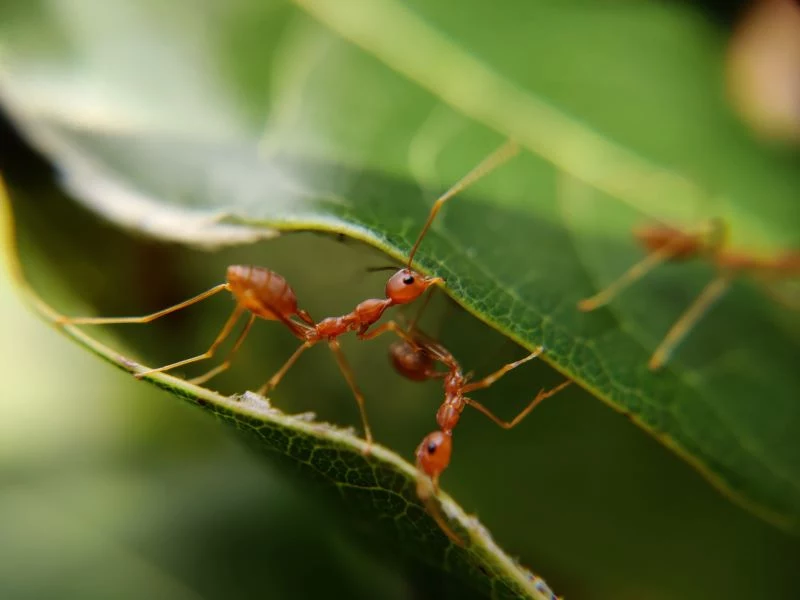
First, You Have to Think Like an Ant
Before you lay a single trap, it helps to understand their world. It’s not just a random swarm of bugs. An ant colony is an incredibly organized society, and its structure is both its greatest strength and its biggest weakness.
The Invisible Highway in Your Kitchen
Ever wonder how ants manage to walk in such a perfect, straight line? They aren’t just playing follow the leader. The colony’s scout ants leave behind an invisible trail of chemicals called pheromones. When a scout finds something good—like that drop of honey on your counter—it lays down this pheromone path on the way back to the nest. The other worker ants then just follow the scent. This is precisely why just wiping up the ants with a wet cloth doesn’t work. You might get the ants, but the chemical road map is still there. Good to know: A simple 50/50 mix of white vinegar and water is your best friend here. The acid in the vinegar completely neutralizes the pheromone trail, essentially erasing their highway and throwing them into confusion. It’s a critical first step.
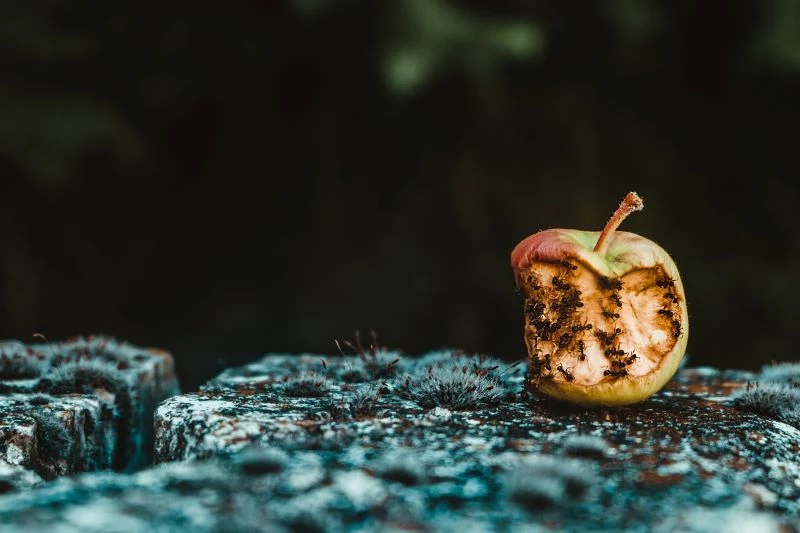
Why Killing Workers is a Losing Battle
An ant colony is all about the queen. She’s tucked away safely in the nest, and her only job is to lay eggs, day in and day out. The workers you see—the ones in your pantry—are all sterile females whose job is to feed the colony and protect the queen. So, when you spray and kill a dozen workers, it might feel satisfying, but to the colony, it’s a minor, temporary setback. The queen just creates more. That’s why our entire strategy has to be a Trojan Horse approach. We need to get past the workers and take out the source. This is where baiting comes in. The workers unknowingly carry the poisoned bait back to the nest, share it with their nestmates and the queen, and knock out the entire operation from the inside.
Step 1: Your Professional-Grade Inspection
My most important tool isn’t a sprayer; it’s a good, bright flashlight. A proper inspection tells you everything: what kind of ant you have, where they’re getting in, and where they might be living. Without this intel, you’re just guessing.
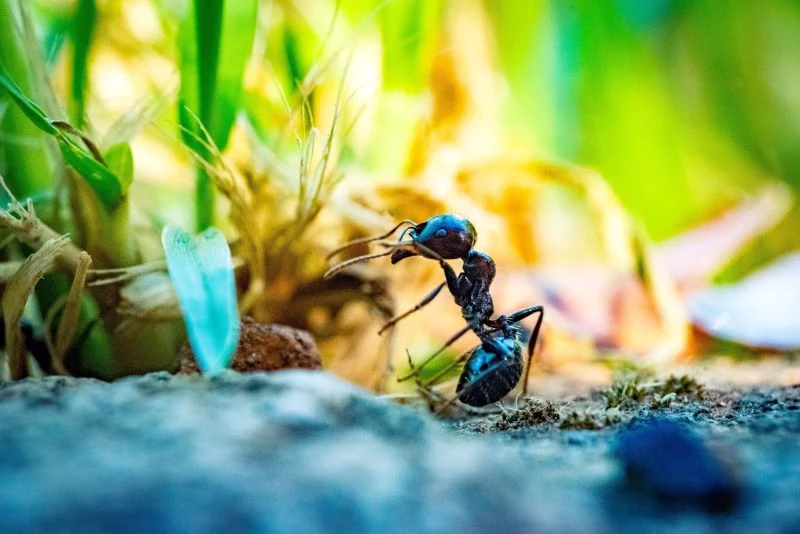
Where to Look Inside
Ants need three things: food, water, and shelter. So, start your search in the kitchen and bathrooms, which are prime real estate for pests.
- Under Sinks: Seriously, get on your hands and knees. Check the cabinet under every sink in your house. Look for tiny leaks or condensation on the pipes. I can’t tell you how often I find a faint trail of ants coming right from where a water pipe enters the drywall.
- Around Appliances: If you can, pull out your dishwasher and stove. It’s often a forgotten zone of crumbs and moisture, and the warmth from the appliance motors makes it extra cozy.
- Pet Food Stations: Fido’s food bowl is a 24/7 buffet. Check the floor and baseboards around it carefully.
- Windows and Door Frames: Examine the seals and frames for any cracks or gaps. If you see a trail, try to follow it back to its entry point.
- In the Pantry: Check for spilled sugar, sticky syrup bottles, or open boxes of cereal. Some tiny ants can get into packaging you’d think was sealed tight.
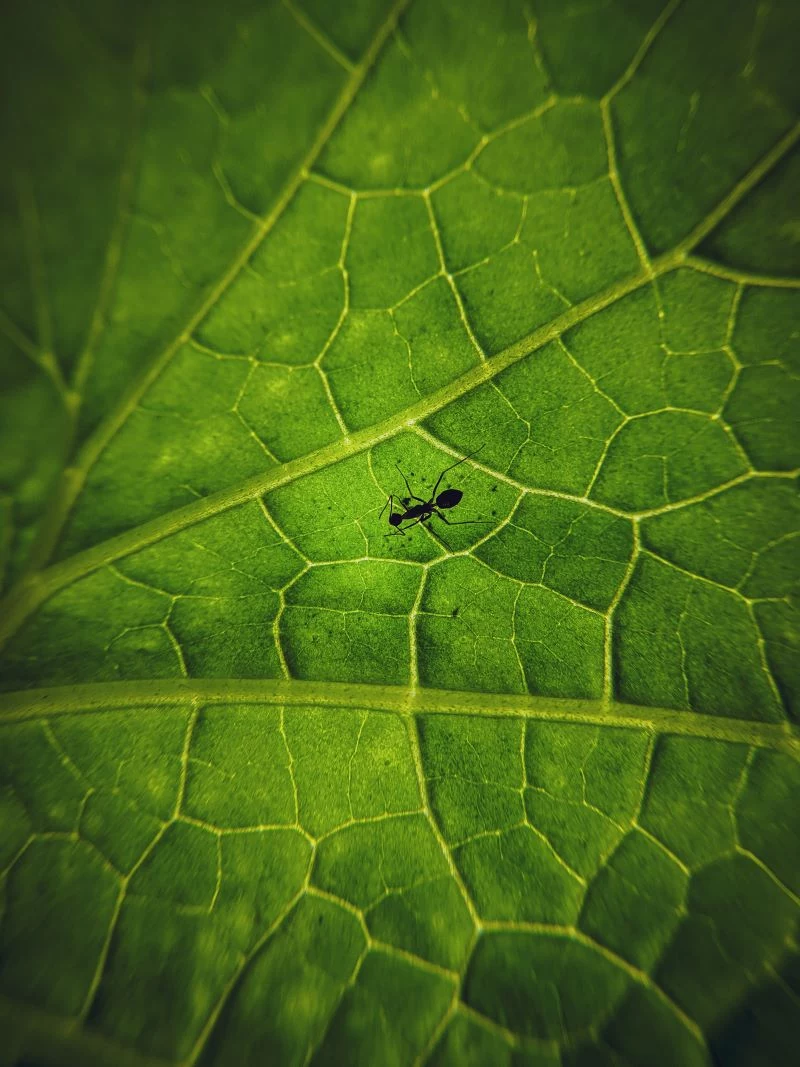
Figuring Out Your Opponent
Not all ants are created equal, and the right treatment depends entirely on who you’re dealing with. Here are the usual suspects:
- Odorous House Ants: These are the small, black ants that are super common in kitchens. The dead giveaway? If you (gently) crush one, it releases a weird smell, kind of like rotten coconut or old blue cheese. They have a major sweet tooth.
- Pavement Ants: A bit smaller and dark brown or black. As their name suggests, they love to nest under pavement or in sidewalk cracks. You’ll often see their tell-tale sign: little mounds of sand or dirt pushed up along your driveway or patio edges.
- Carpenter Ants: Okay, these are the big ones. They can be up to a half-inch long, usually black or reddish-black. These guys are a serious problem because they excavate nests inside wood. Look for piles of what looks like coarse sawdust near baseboards, in crawlspaces, or on your deck. The pros call it “frass,” and it’s a massive red flag that you have a nest nearby.
- Pharaoh Ants: These are tiny, almost transparent, yellowish ants. And they are a complete nightmare to handle. Heads up! NEVER, ever use a repellent spray on these ants. They have multiple queens, and when you threaten them with spray, the colony doesn’t die—it fractures. The queens will split up and start new colonies all over your house. I’ve personally seen a small kitchen trail turn into a whole-house horror show because of one can of spray. It’s an infestation on fast-forward.
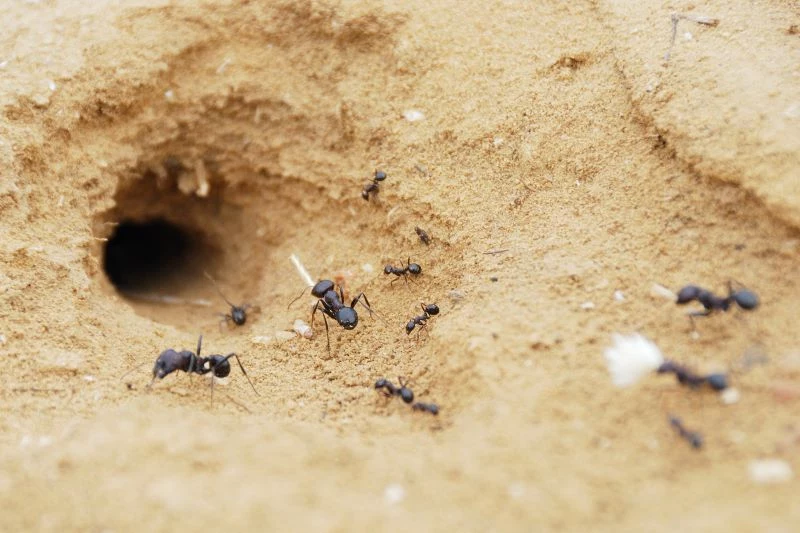
Step 2: Smart Interior Control Methods
Once you’ve done your detective work, you can move on to treatment. The best approach is layered, starting with the simplest and least invasive tactics first. This is the heart of what we call Integrated Pest Management.
It All Starts with a Clean Sweep
You can’t poison your way out of a sanitation issue. The most important step is to cut off the ants’ food and water supply. This makes your baits way more appealing and lowers the overall ant pressure on your home.
- Clean Like a Pro: Wipe down kitchen surfaces daily with that vinegar-water solution to clean up and break those pheromone trails. Stay on top of sweeping and vacuuming.
- Airtight Storage is Your Friend: Store things like sugar, cereal, grains, and even pet food in airtight plastic or glass containers. Move sticky things like honey and syrup to the fridge.
- Fix Leaks Fast: That tiny drip under the sink is a life-giving oasis for ants. Get it fixed.
- Seal ‘Em Out: Grab a tube of quality silicone caulk (it’ll cost you about $5-$10) and seal any cracks you found during your inspection—around pipes, window sills, and baseboards. This is a permanent fix that physically blocks them.
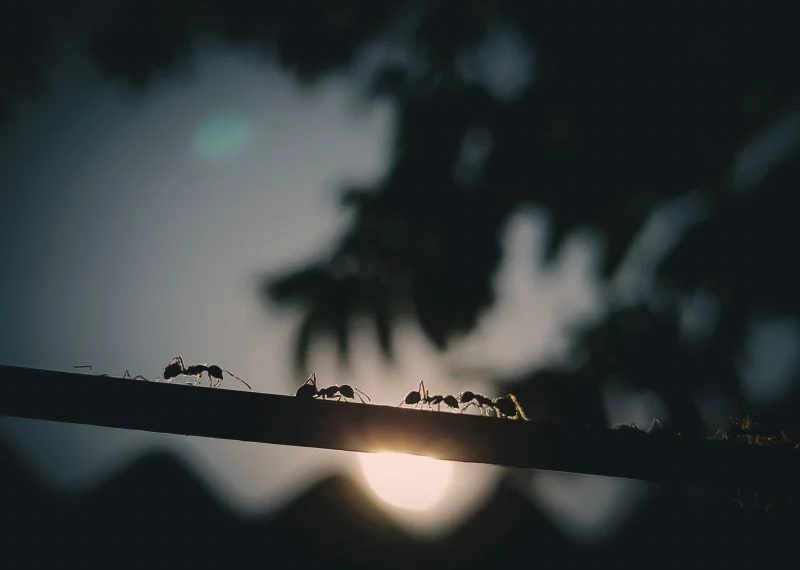
How to Use Ant Baits the Right Way
Ant baits are the go-to weapon for professionals because they work. They’re a mix of a slow-acting insecticide and a food source that ants love. The workers haul it back to the nest, and boom, colony gone.
Choosing Your Bait: Here’s something you need to know: an ant colony’s diet can change. Sometimes they crave sugar, and other times they want protein or grease. So if one bait isn’t working, don’t give up—just switch it up. It’s a good idea to buy both a sweet bait and a protein/grease-based bait. For most common kitchen invaders like Odorous House Ants, a sweet liquid bait like Terro is a great start. For other types, a gel bait like Advion or a protein-based granular bait can work wonders. You can find these at any big-box hardware store or online, usually for between $5 and $20.
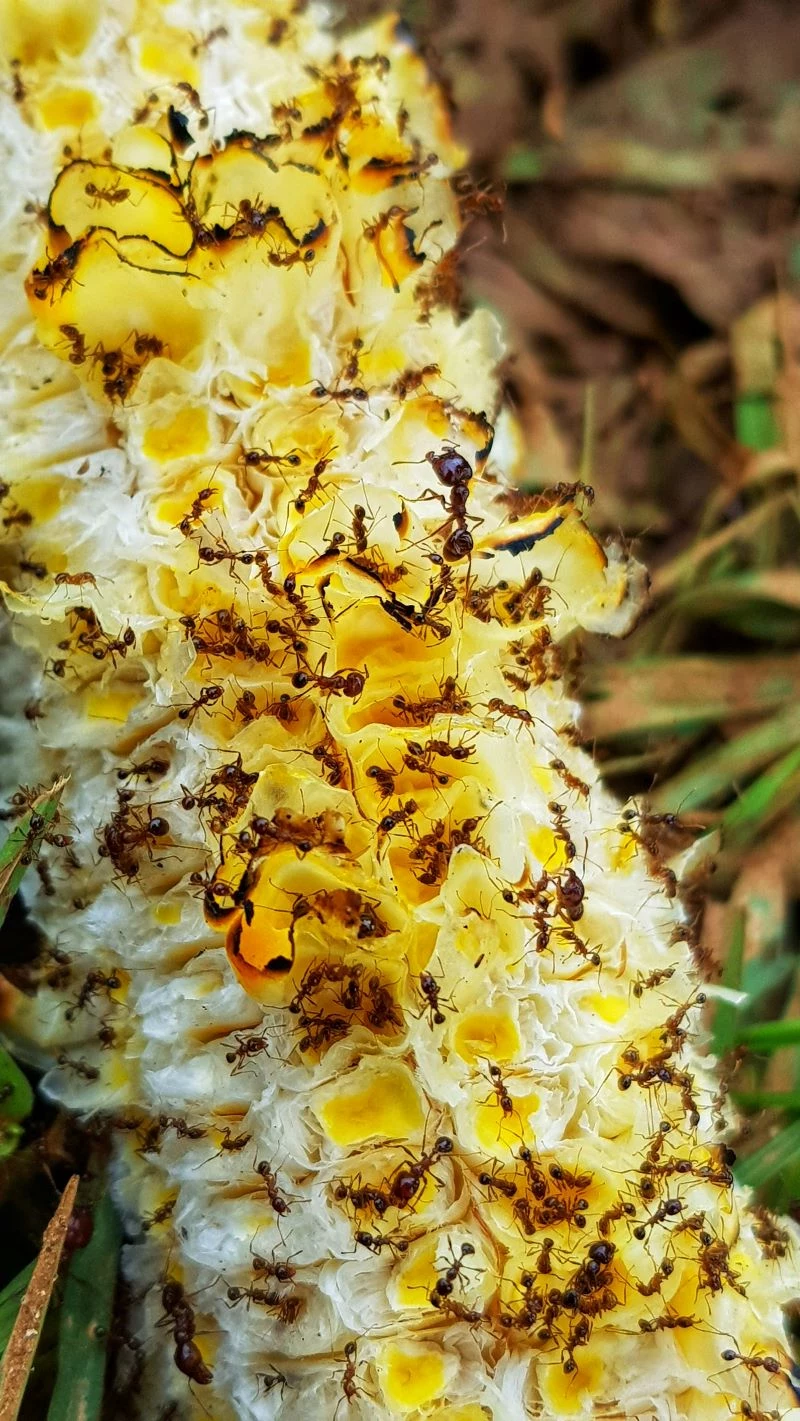
Placement is Everything: A common mistake is squirting bait in the middle of a clean counter. Don’t do that. Place the bait directly on or right next to the ant trails you found. You want them to stumble upon it during their normal commute. Quick tip: Don’t put gel bait directly on your surfaces. Squeeze a pea-sized drop onto a small piece of wax paper or cardboard and slide it against the wall where they’re marching. This prevents staining and makes cleanup a breeze.
What if They Ignore the Bait? If the ants walk right past your offering, it usually means you’ve offered them the wrong thing. If you put out a sweet gel bait and they aren’t interested, they are likely in a protein cycle. Try a different bait that has peanut butter or another protein as the main attractant.
And remember, patience is key. Baits don’t work instantly. In fact, you might see more ants at first as they swarm the new food source. This is a GOOD sign! It means the plan is working. Resist the urge to spray them. It can take anywhere from a few days to a couple of weeks to see the activity stop completely.
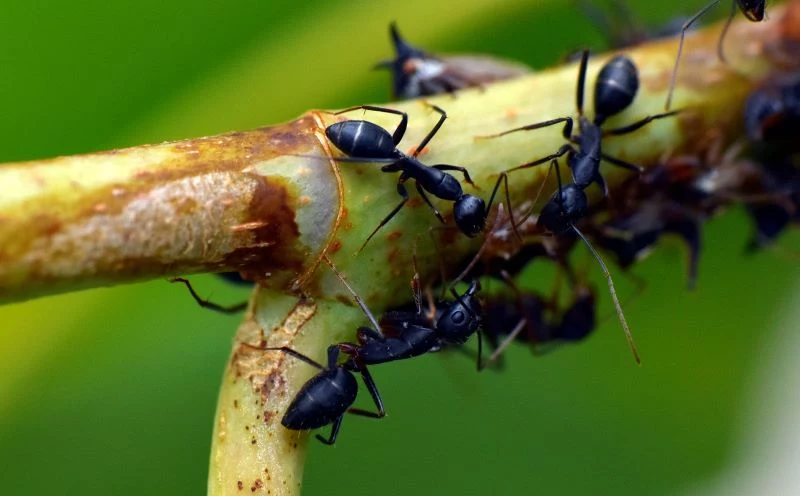
Step 3: Building Your Fortress—Exterior Prevention
Most of the time, an indoor ant problem actually starts outdoors. Creating a defensive perimeter around your home is the key to long-term success. Think of it as building a moat.
- Trim Back the Jungle: Tree branches and shrubs that touch your house are basically a superhighway for ants. You should aim for at least an 18-inch gap between any plants and your siding or roof.
- Watch the Mulch: Mulch is great for plants but it’s also a damp, sheltered paradise for ant nests. Try to keep a 12-inch, mulch-free zone around your entire foundation.
- Check for Aphids: Some ants “farm” other insects, like aphids, for the sweet honeydew they produce. If you see ants trailing up a rose bush or tree, check the leaves for aphids. Controlling the aphids can often solve the ant problem.
For exterior treatments, you have a few options. Granular baits are great for broadcasting around your home’s perimeter. There’s also Diatomaceous Earth (DE), a non-toxic powder made from fossilized algae. It works by scratching the ant’s exoskeleton and causing it to dehydrate. If you use it, make sure you get food-grade DE (around $15 for a bag) and wear a mask when applying it, as the dust can irritate your lungs. Oh yeah, and it’s totally useless when it gets wet, so you’ll have to reapply after it rains. As for boiling water? Honestly, it’s not that effective. It might kill the ants on the surface, but it rarely gets deep enough to reach the queen. You’re more likely to scald your lawn than solve your problem.
Knowing When to Wave the White Flag and Call a Pro
Listen, sometimes a problem is just too big or too tricky to handle yourself. Calling for help is a smart move, not a failure. It can save you a ton of time, stress, and even money in the long run.
If you even suspect you have carpenter ants, I’d strongly recommend calling a professional. The damage they cause by tunneling through wood can be serious and structural. A pro has tools like moisture meters and tiny cameras to find nests hidden in walls without tearing your house apart.
Here’s a quick checklist for when it’s time to pick up the phone:
- You’ve been baiting and cleaning for a few weeks with zero improvement.
- You’re seeing ants in multiple, disconnected parts of the house (like an upstairs bathroom and the basement). That’s a red flag for a major infestation.
- You think you have Carpenter Ants or Pharaoh Ants. Don’t mess with these.
- The whole situation is just stressing you out. Your peace of mind is worth something!
By the way, a professional visit for a general ant problem typically runs between $150 and $350. When you compare that to buying multiple DIY products that might not work, it can be a very reasonable investment. A reputable company will be licensed, insured, and should offer a guarantee on their work.
To get you started on the DIY route, here’s a quick shopping list: white vinegar, a tube of silicone caulk (~$5-$10), a couple of different ant baits like a sweet liquid and a protein gel (~$10-$20 total), and maybe some tamper-resistant bait stations if you have kids or pets. With these basics, you’re well on your way to taking back your home.
Inspirational Gallery
Gel Baits (like Advion): These are ideal for applying directly into cracks, crevices, and along baseboards where ants travel. The gel consistency allows for precise, discreet application in hard-to-reach spots.
Liquid Bait Stations (like Terro): These pre-filled stations are great for placing on flat surfaces like countertops or floors. They attract large numbers of ants and are less messy, but offer less placement flexibility.
The best strategy often involves using both to cover different types of terrain in your home.
Carpenter ants don’t actually eat wood; they tunnel through it to create nests, pushing out coarse sawdust-like material called
When sealing entry points, think beyond the obvious gaps under doors. Ants are masters of finding tiny openings. Your checklist should include:
- Where utility pipes and wires enter the house.
- Cracks in the foundation, no matter how small.
- Weep holes in brick siding.
- Gaps around outdoor-facing light fixtures or outlets.
- Underneath door sweeps that have worn down.
But can I just use peppermint oil or cinnamon to get rid of them?
While many essential oils and spices can act as temporary repellents, it’s crucial to understand their limitation. They disrupt the pheromone trails and can deter scout ants from a specific area for a short time. However, they don’t eliminate the colony. The nest remains safe, and the ants will simply find a new, unprotected route. Think of them as a temporary fence, not a permanent solution.
The Golden Rule of Baiting: Resist the urge to spray the ants you see swarming the bait trap! It feels counterintuitive, but those worker ants are your allies. Their job is to carry the slow-acting poison back to the nest to feed the queen and the larvae. Killing them on sight interrupts this critical delivery process and sabotages your entire effort. Patience is your most powerful tool here.
An individual ant is not very intelligent, but a colony of ants is. It’s the collective intelligence of the colony that is making the decisions. – Dr. Deborah Gordon, Stanford Biologist
- Your bait traps are finally working effectively.
- The relentless trail of ants in your kitchen has vanished.
- You’ve stopped wasting money on products that don’t work.
The secret? Identifying your enemy. Some ants crave sugar (like odorous house ants), while others need protein (like pavement ants). Using the wrong bait is like offering a steak to a vegetarian. Observe them: if they’re flocking to a drop of honey, use a sugar-based bait like Terro. If they ignore sweets, try a protein/grease-based bait like Amdro.
Your beautiful garden might be the problem. Peonies, for instance, have extrafloral nectaries that ants find irresistible. Similarly, any plant that attracts aphids—like roses or milkweed—will also attract ants, which
Diatomaceous Earth (DE) can be a powerful, non-chemical weapon, but only if used correctly. It’s a fine powder made of fossilized algae with microscopic sharp edges that scratch an ant’s exoskeleton, causing it to dehydrate. Always use food-grade DE indoors and apply a very thin dusting in dry areas like along baseboards, under appliances, and in wall voids. It’s ineffective when wet, and you should wear a mask during application to avoid inhaling the fine dust.
Pet Safety First: When using any kind of bait or trap, pet safety is paramount. Place bait stations in areas your pets cannot access, such as inside cabinets, behind heavy appliances, or under furniture. For a pet-safer alternative, consider bait stations with a solid casing, like the Terro T300B, which are designed to be difficult for pets to open or chew through, while still allowing ants access.










